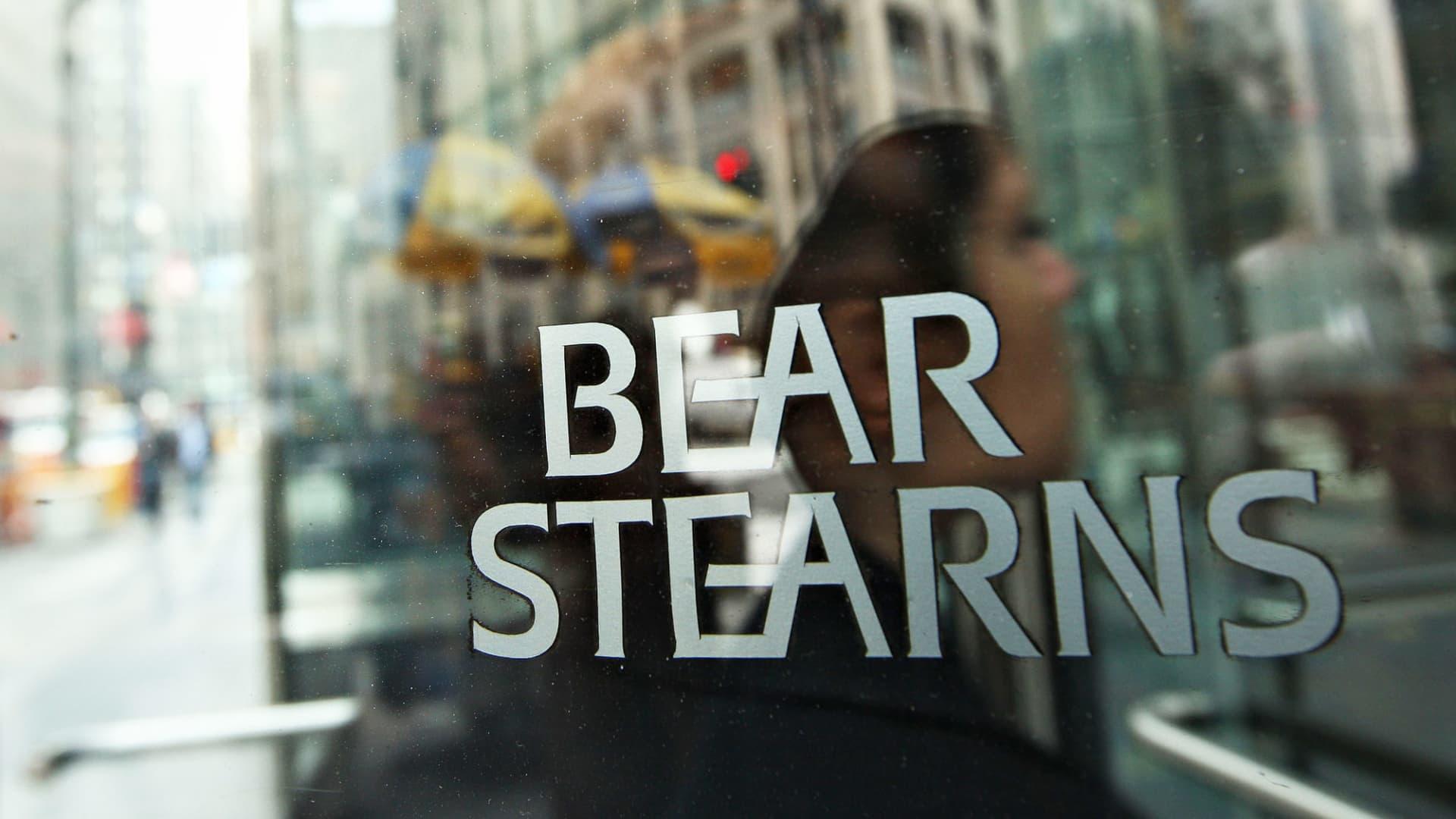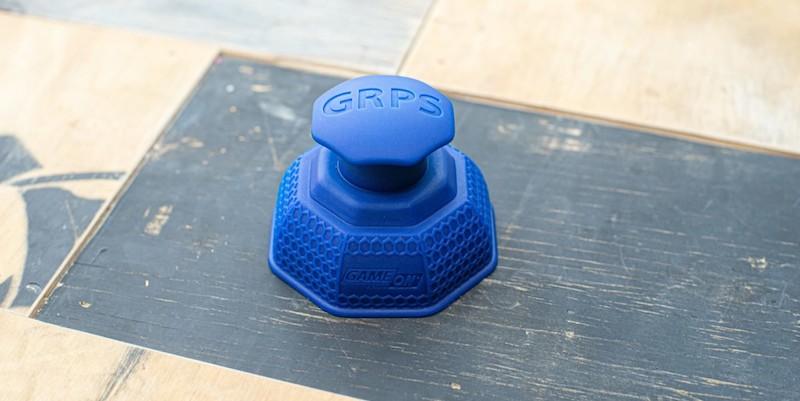JP Morgan's bailout of Bear Stearns curtailed an imminent spillover that threatened to take down other major financial institutions. But the average consumer didn't benefit directly from the rescue. American taxpayers may, in fact, wind up paying for all these bailouts over time.
The proverbial bears of Wall Street ate Bear Stearns alive in mid-March, thanks to worthless subprime mortgages that festered within its coffers.The investment banking legendimploded quickly and dramatically. Bear Stearns held more than $13 trillion worth of cash and securities that would be temporarily frozen in legal limbo by the courts if the company were to file for bankruptcy. If that happened, it would take those much-needed funds off the market, further tightening liquidity and drastically accelerating the nation's financial crisis.
The Fed to the rescue
In an unprecedented move, the Federal Reserve Board held a Sunday meeting. Before the session ended, it had effectively altered its lending policy and, according to skeptical economists, diluted its core mission. Originally, the Fed was charged with the responsibility to ensure liquidity and stability by lending money to traditional banks. All of a sudden, the central bank opened its pocketbooks to investment banks, saying that they, too, can borrow directly from its so-called "discount window."
Risky business
The problem is that, unlike conventional banks, investment banks have a strong tendency to deliberately engage in risky business in pursuit of higher returns. The American public, through the Federal Reserve that we fund with our hard-earned tax dollars, has now indirectly taken responsibility for those speculative investments. And it's highly unlikely that the $600 tax rebate that each individual may collect this summer will be enough to offset that level of expensive exposure.
Bear Stearns was considered one of the leading investment banks in the world, but now it will be remembered for its historic subprime mortgage related downfall. The company's stock was worth $159 a share last year; JP Morgan Bank is scheduled to buy all of those shares this month and rescue the beleaguered firm from total extinction--subject to shareholder approval-for a measly two bucks apiece.
A bleak future for mortgages?
Immediately following the crash and burn scenario, the Fed again lowered interest rates, and the stock market responded favorably-at least for the time being. But mortgage rates are relatively unchanged at the consumer level, because lenders and investors, hurting for cash, are afraid to make new loans during an unpredictable housing downturn. Meanwhile, each time the Fed cuts rates, it undermines the value of the dollar, driving up the cost of everything from groceries to gasoline.
Unless the strategy begins to stimulate the housing market soon-which won't happen if lenders are reluctant to approve mortgages-there will be no more room left to cut rates any lower. As all do-it-yourself homeowners know, painting over a problem house is the easiest way to add quick equity to a home-as long as you don't make the mistake of painting yourself into a corner in the process.





